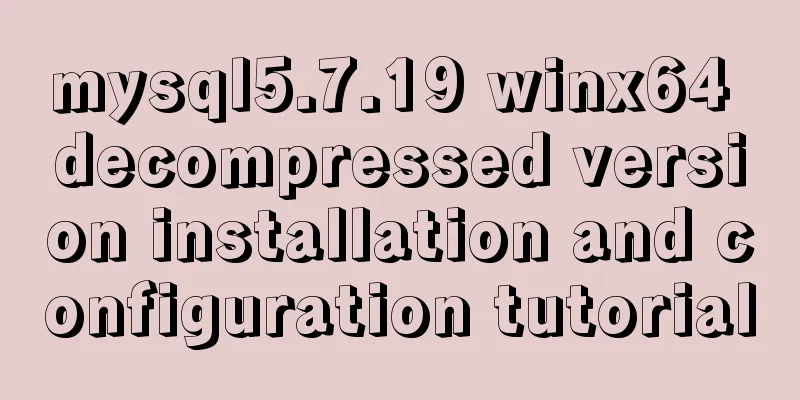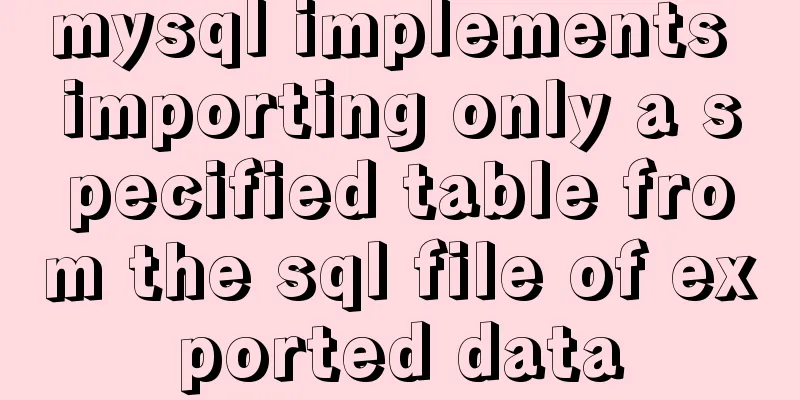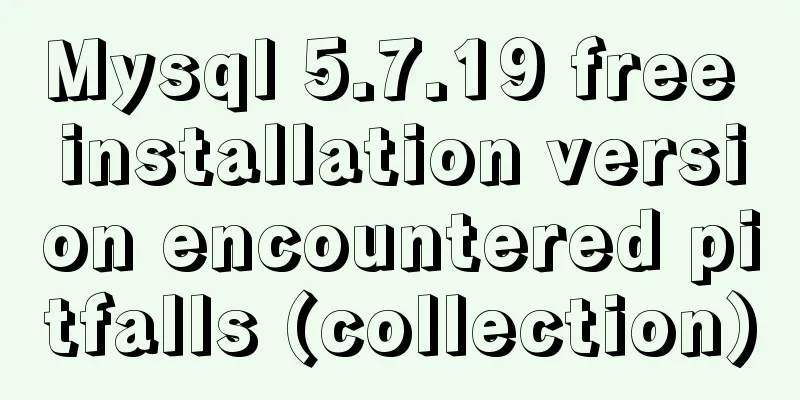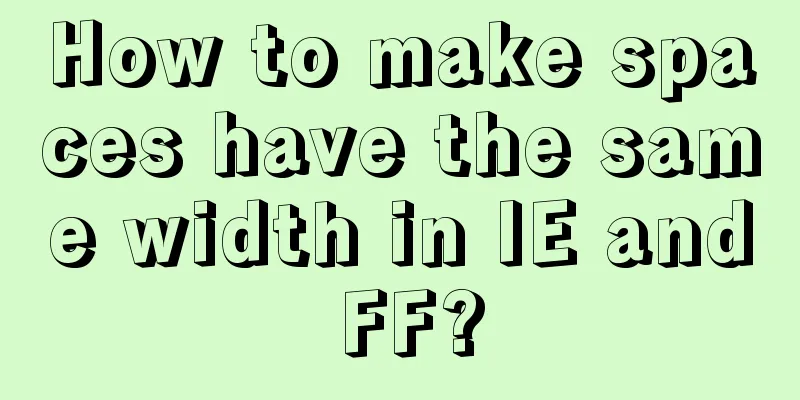Google Translate Tool: Quickly implement multilingual websites
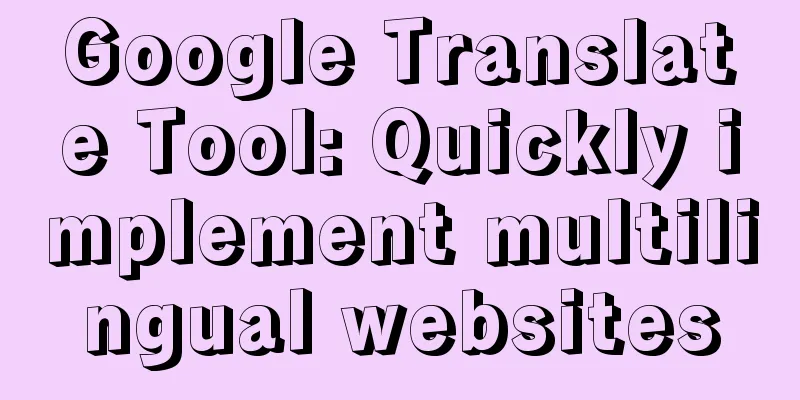
|
Google China has released a translation tool that can quickly and easily make a website or blog multilingual. All you need to do is add a line of JavaScript code to your website, and you can immediately translate the website into various languages around the world. The translation is achieved by directly calling Google's translation URL. You only need to spend a minute to paste a small piece of HTML code into your web page code, and then foreign netizens speaking 23 other languages can easily understand your Chinese web pages in their native language through Google Translate!  Figure 1: Google Translate widget menu selection controls When you paste the above HTML code into your web page code, the menu selection control of the Google Translate widget will be added to the relative position of your web page as shown in Figure 1. The menu will prompt the user to "Select a language", and the "Select a language" text will be displayed in the user's browser interface language. For example, if the user is using an English browser, the prompt text is "Select Language"; if the user is using a Russian browser, the prompt text is "Выберите язык". In this way, foreign language users can browse in the language they are familiar with through the Google Translate widget. When the user presses the menu, the Google Translate widget will display twenty languages in the menu.  Figure 2: Languages listed in the Google Translate widget menu When the user selects Chinese, the Google Translate widget will immediately perform machine translation on your web page into the language used by foreign language users. You may not understand the text in the menu. This is because the Google Translate widget displays the name of the language in that language so that speakers of that language can understand it. For example, in the menu we display it in Russian "Русский". If we display it as "Russian" (displayed in Chinese), Russian speakers will not understand it.  Figure 3: Google Translate gadget translates the Chinese webpage http://2008sanya.tianya.cn/ into Russian Currently, the Google Translate widget provides translations for Chinese web pages (and web pages in other languages) into twenty-three other languages: Chinese (Traditional), English, Arabic, Bulgarian, Polish, Korean, Danish, German, Russian, French, Finnish, Dutch, Czech, Croatian, Romanian, Norwegian, Portuguese, Japanese, Swedish, Spanish, Greek, Italian and Hindi. That is to say, when your website uses the Google Translate widget, your website can immediately be displayed in another 23 languages. This is a great blessing for all aspiring website owners who hope to keep up with the international standards and let netizens around the world understand China's extensive and profound web information. Of course, the quality of automatic machine translation is still far behind that of manual translation by professional but expensive translation companies, and the translated text is definitely not as "faithful, accurate and elegant" as manual translation. But think about how much time and money it would take to have your web page translated into twenty-three languages by a translation company. The Google Translate widget provides foreign language information that is "better than nothing" when time and money are limited. The Google Translate widget allows you to win the world in just one minute and instantly upgrade your website to global internationalization. Go to the Google Translate widget settings page.  Figure 4: Languages provided by Google |
<<: JavaScript custom calendar effect
>>: Several common CSS layouts (summary)
Recommend
How to realize vertical arrangement of text using CSS3
In a recent project, I wanted to align text verti...
15 important variables you must know about MySQL performance tuning (summary)
Preface: MYSQL should be the most popular WEB bac...
About the selection of time date type and string type in MySQL
Table of contents 1. Usage of DATETIME and TIMEST...
CSS3 animation to achieve the effect of streamer button
In the process of learning CSS3, I found that man...
Hyperlink icon specifications: improve article readability
1. What is the hyperlink icon specification ?<...
How to change the mysql password on the Xampp server (with pictures)
Today, I found out while working on PHP that if w...
jQuery implements the drop-down box for selecting the place of residence
The specific code for using jQuery to implement t...
Detailed explanation of query examples within subqueries in MySql
Where is my hometown when I look northwest? How m...
Detailed description of common events and methods of html text
Event Description onactivate: Fired when the objec...
Extract specific file paths in folders based on Linux commands
Recently, there is a need to automatically search...
Implementation of React configuration sub-routing
1. The component First.js has subcomponents: impo...
Windows 2019 Activation Tutorial (Office2019)
A few days ago, I found that the official version...
Detailed Analysis of the Selection of MySQL Common Index and Unique Index
Suppose a user management system where each perso...
How to start multiple MySQL instances in CentOS 7.0 (mysql-5.7.21)
Configuration Instructions Linux system: CentOS-7...
Is it necessary to give alt attribute to img image tag?
Do you add an alt attribute to the img image tag? ...
